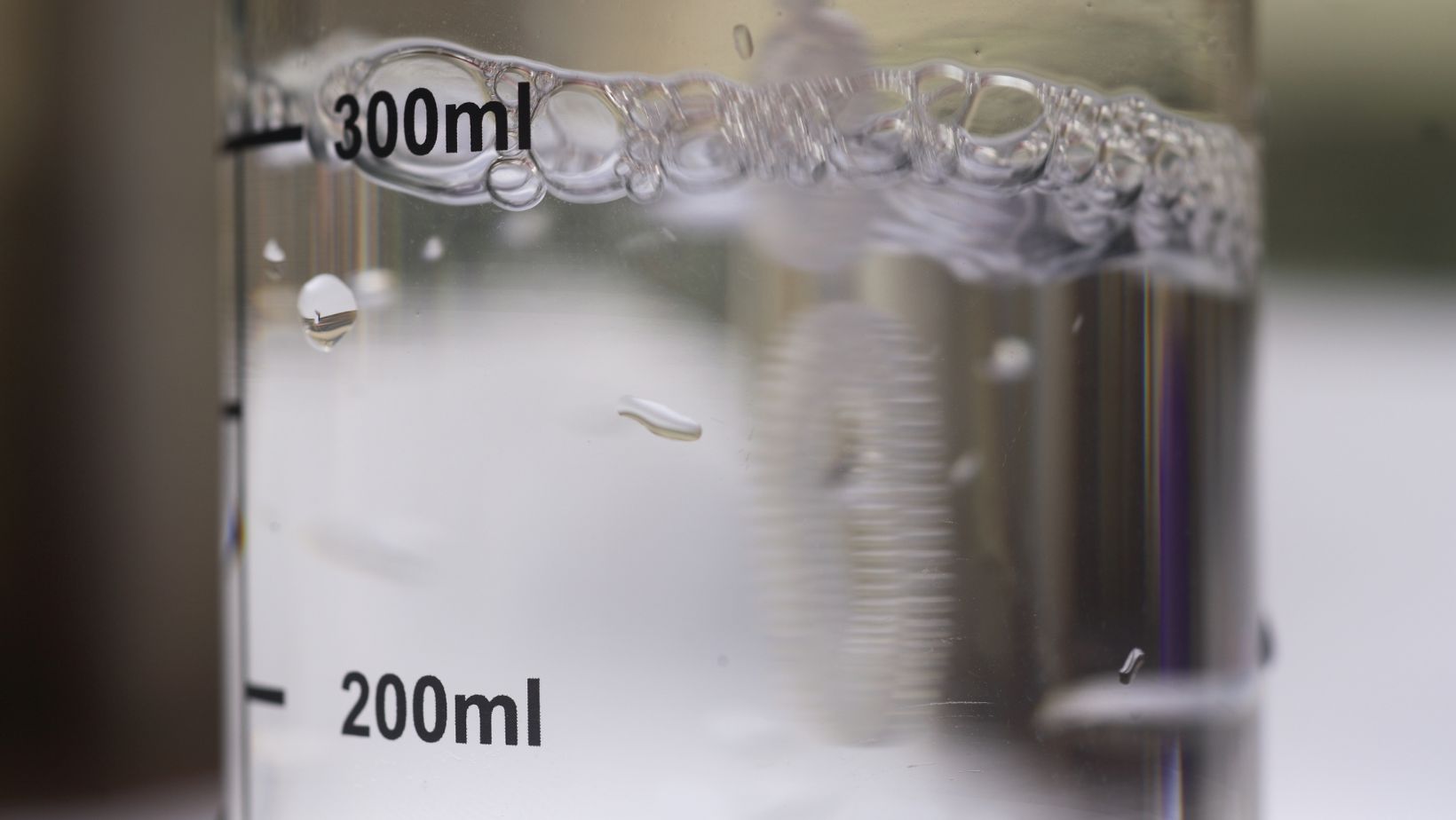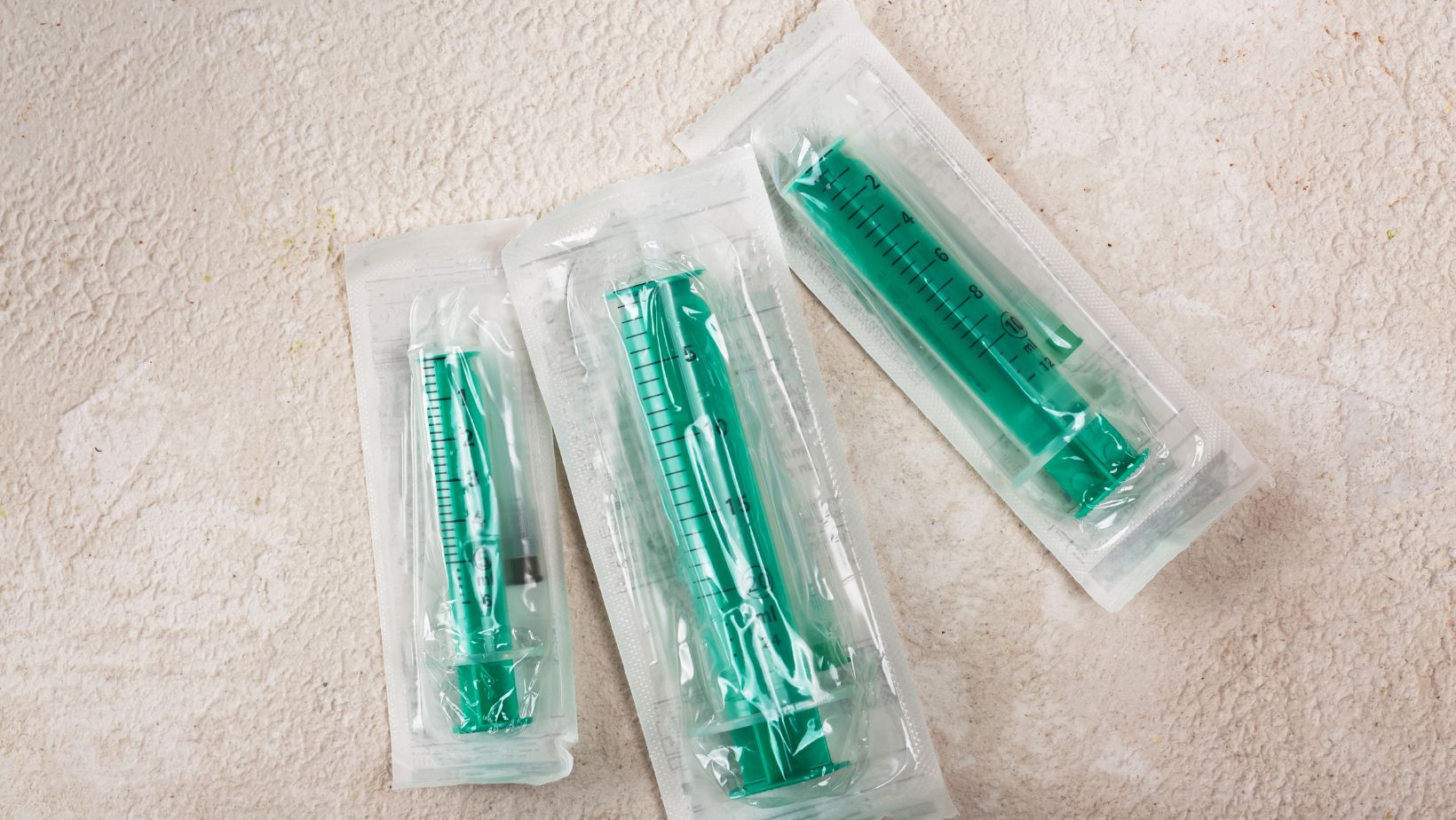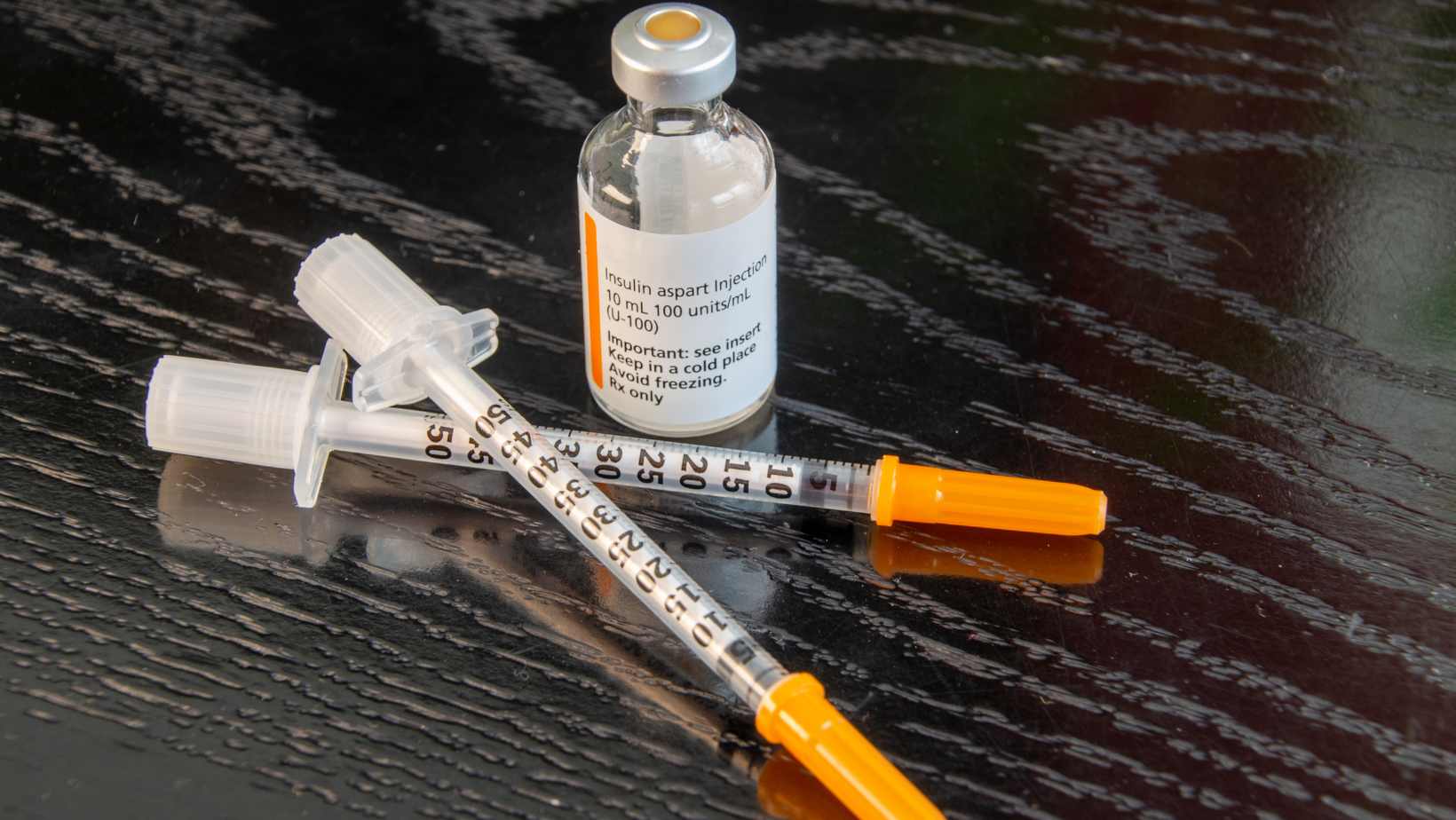Find The Answer Here: How Many Gtts in a ML

Wondering about the conversion between drops (gtts) and milliliters (ml)? It’s a common question, especially for those in the medical field or those who work with medications. The answer depends on various factors, including the size of the dropper and the viscosity of the liquid being measured. Let’s delve into this topic to understand how many gtts are in a ml.
In general, there is no universally agreed-upon conversion rate between gtts and ml. However, as a rough estimate, it’s often assumed that 20 gtts equal 1 ml. This approximation is commonly used when working with standard medical droppers. Keep in mind that this ratio may vary depending on specific circumstances and equipment used.
How Many Gtts In A Ml
Determining The Drop Factor
When it comes to converting drops (gtts) to milliliters (ml), there are several factors that can influence the accuracy of the conversion. One important factor is determining the drop factor, which refers to the number of drops needed to make up a specific volume. The drop factor can vary depending on various factors such as:
- Dropper size: Different droppers may have varying diameters or designs, leading to differences in drop sizes.
- Solution viscosity: Liquids with higher viscosity tend to form larger drops, while those with lower viscosity tend to form smaller drops.
To determine the drop factor, it’s crucial to consult reliable sources such as pharmaceutical guidelines or manufacturer instructions. Understanding and using the correct drop factor is essential for an accurate conversion from gtts to ml.
Calculating The Volume of a Single Drop
Another significant aspect affecting the gtts to ml conversion is accurately calculating the volume of a single drop. This calculation depends on factors like:
- Surface tension: The cohesive forces between molecules at a liquid’s surface affect how easily it forms and releases drops.
- Droplet formation mechanism: Different liquids may exhibit different mechanisms for forming drops, resulting in variations in drop volume.
Though it might be challenging to precisely measure an individual drop’s volume, pharmaceutical guidelines often provide estimates based on research and experimentation. These estimates serve as valuable references when converting gtts into ml.
Accounting For Viscosity Differences
Viscosity plays a vital role in both determining the size of each drop and influencing how fast they fall from a dropper. It measures a fluid’s resistance to flow and can be impacted by temperature changes or dissolved solutes within a solution. Some important points regarding viscosity include:
- High-viscosity solutions produce larger drops which require fewer gtts per ml compared to low-viscosity solutions.
- Changes in temperature can affect the viscosity of certain liquids, potentially altering the drop size and, subsequently, the conversion rate.
Considering these factors is crucial when converting gtts to ml accurately. It’s essential to account for any variations in solution viscosity that may impact the final conversion.

Calculating Gtts Per Ml For Different Medications
When it comes to determining how many gtts (drops) are in a ml (milliliter), the calculation can vary depending on the medication being used. It’s important to understand this conversion, as it plays a crucial role in accurately administering medications.
To calculate the number of gtts per ml, you need to know the drop factor or drip rate specific to the medication being used. The drop factor represents the number of drops that make up 1 ml of the medication solution.
Here are some key points to keep in mind when calculating gtts per ml for different medications:
- Consult with healthcare professionals: It is always recommended to consult with physicians, pharmacists, or other healthcare professionals who can provide accurate information regarding specific medications and their corresponding drop factors.
- Drop factors and administration sets: Different medications require different administration sets, which may have varying drop factors. For example, an IV infusion set may have a drop factor of 15 gtts/ml, while another set could be calibrated at 20 gtts/ml.
- Check manufacturer guidelines: Manufacturers often provide instructions on proper dosage administration for their medications. These guidelines may include information on drop factors and recommended infusion rates.
- Use an infusion rate calculator: Online infusion rate calculators can help simplify the process of determining gtt/ml based on prescribed dosages and time intervals. These calculators take into account various factors such as patient weight, concentration of medication, and desired infusion rate.
Remember that accuracy is paramount when calculating gtts per ml for medication administration. Any errors in this calculation can result in improper dosing and potentially adverse effects on patient health.
In conclusion, understanding how many gtts are in a ml requires knowledge of specific drop factors associated with different medications and appropriate administration sets. Consulting healthcare professionals and following manufacturer guidelines will ensure accurate calculations and safe medication delivery.




